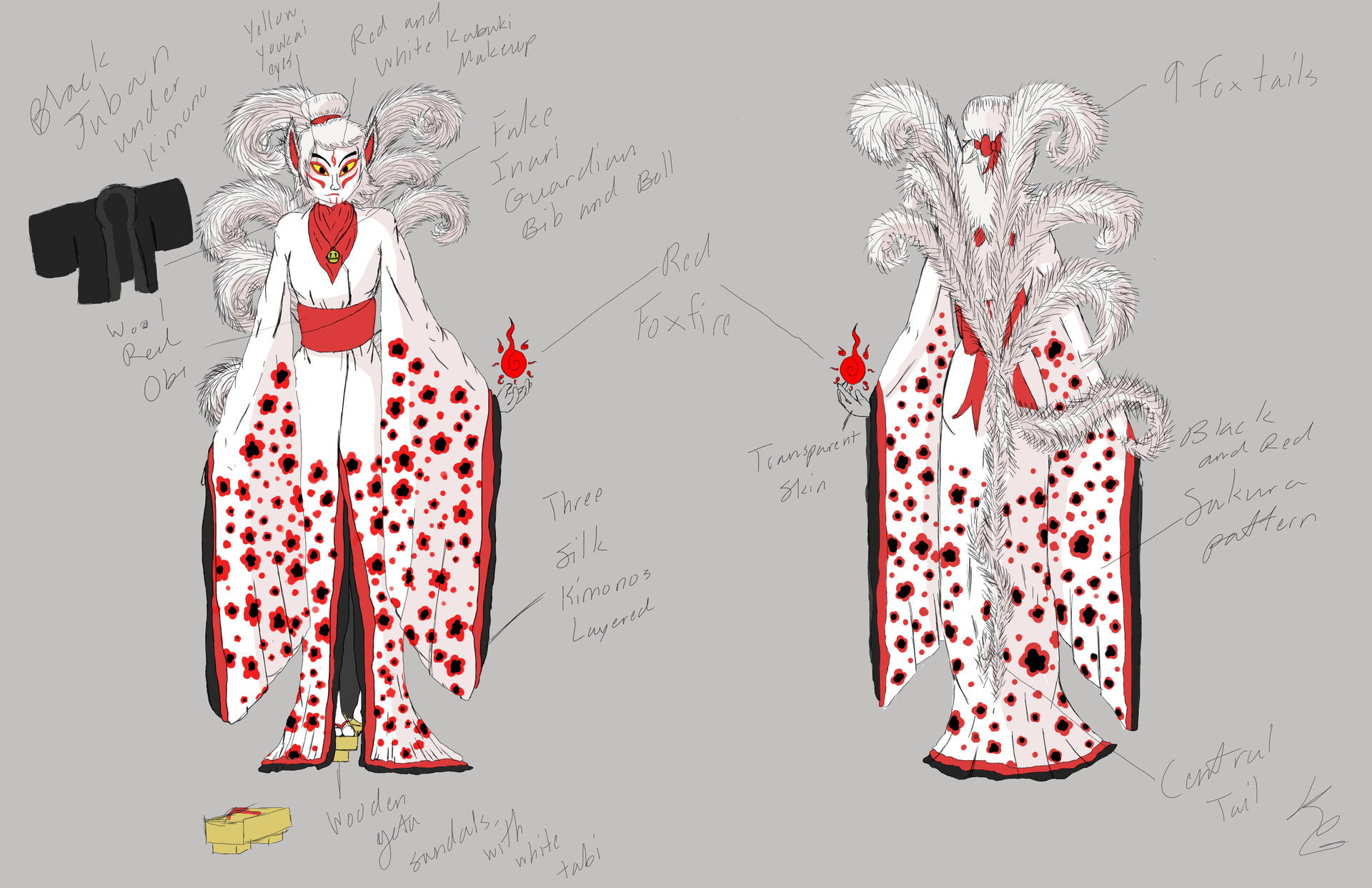

Wild pig control will definitely require cooperation and collaboration across multiple jurisdictions, and our work is but one piece of the puzzle, helping managers better understand their impacts.Tucker: "What did you make of the president of the United States calling you a white supremacist?" “If invasive pigs are allowed to expand into areas with abundant soil carbon, there may be an even greater risk of greenhouse gas emissions in the future. “Invasive species are a human-caused problem, so we need to acknowledge and take responsibility for their environmental and ecological implications,” says study author Nicholas Patton, an environmental scientist at the University of Canterbury, in a statement.

Oceania and North America had the largest land area that had gone to the hogs, with Oceania accounting for more than 60 percent of the total carbon emissions estimated by the model. The model suggests that introduced pigs are churning up between 14,000 square miles and 47,690 square miles of land around the world and releasing about 5.4 million tons of carbon in the process. This technique allowed the team to produce a range of estimates for how much carbon pigs might be releasing in a given locale and then calculate an average from those results. Since it’s not possible to know precisely where pigs are in the world at a given moment and how many there are, not to mention how much carbon is stored in the soil they’re foraging in, the researchers used their model to simulate 10,000 different scenarios within the general parameters defined by previous research, Wired reports. To quantify just how much carbon gets sent into the atmosphere as a result of wild pigs rooting around in the dirt, the researchers compared previous estimates of the global population distribution of wild pigs and how much their foraging disturbs the soil. As these microbes eat and reproduce, they release even more carbon dioxide. When carbon gets stirred up and exposed to oxygen, microbes present in the dirt get to work breaking down the abundant organic material that had been formerly shielded from decomposition by a low-oxygen environment. Ripping up soil as feral pigs do has consequences for climate change because of all the carbon locked up in that soil. This is one of the additional threats to carbon, and to climate change potentially, that hasn’t really been explored in any global sense.” “When we think of climate change, we tend to think of the classic fossil fuel problem. “Pigs are native to Europe and parts of Asia, but they’ve been introduced to every continent except Antarctica,” study author Christopher O’Bryan, an ecologist at the University of Queensland, tells Donna Lu of the Guardian. The researchers behind the paper, published this week in the journal Global Change Biology, estimate that feral pigs release about 5.4 million tons of carbon dioxide annually, roughly equivalent to the tailpipe emissions of 1.1 million cars. Now, a new paper looking at the planet-warming carbon dioxide that gets released when feral hogs dig for their dinner suggests this already damaging invasive species can add “exacerbating climate change” to its lengthy rap sheet, reports Matt Simon for Wired. One of the main reasons for their destructive behavior is that they search for food by rooting around in the dirt, sort of like porky rototillers that churn up the top layer of soil. Wild pigs do not tread lightly and often push out, destroy or consume native plants and animals where they roam. These rewilded swine cost the United States an estimated $1.5 billion annually, with their indiscriminate, nearly insatiable appetites matched only by their apparent hunger for environmental destruction. The pigs have damaged virtually every ecosystem they have invaded, often with the help of European colonizers who once ferried them around the world as livestock. Feral hogs wreak havoc on the ecosystems they invade, and new research suggests they're also contributing to climate change by releasing 1.1 million cars-worth of carbon dioxide every year.Īs Twitter user Willie McNabb tried to warn in 2019, the threat of feral hogs is real-whether their numbers range from 30 to 50 in the backyard or millions across America.


 0 kommentar(er)
0 kommentar(er)
